Blog
3/14/2025
How often are you inspecting your delivery trucks? Once upon a time I noticed on a few occasions a spider run out from some bread racks in a restaurant I managed. I was curious, because we never had signs of pests or spiders before. I ended up escalating the situation to the bread supplier and after inspecting the delivery truck there were signs on spiders which were promptly cleaned.
It's highly suggested that you periodically inspect the transport vehicles of your food deliveries and hold those suppliers accountable for the cleanliness and integrity of the food they are delivering. Trust but verify that everything coming into your operation is clean and safe to use.
Chicken, tuna, egg, potato, and pasta salads have all been linked to foodbourne illness outbreaks. This is due to the salads being served cold without any further preparation (cooking) while many of their ingredients have been cooked and cooled prior to mixing.
If just one ingredient wasn't cooked, held, or cooled properly the entire dish is now compromised and could get someone sick. Since many operations use these dishes as an exit program with leftover ingredients from the prior day, it's imperative that proper cool-down procedures were monitored and executed before reusing the ingredient.
Lastly, a salad like these has a 7 day shelf life from the oldest ingredient used. So if my potato salad used 3 days old potatoes and eggs from today it can only be stored for 4 days including today (3/10/25).
Something I see often when teaching classes and visiting restaurants is the confusion of filling out date labels for TCS (time-temperature control for safety) foods.
As you may know TCS foods kept for longer than 24 hours must be labeled with the common name of the item and the use by date. TCS food can only be kept for 7 days, but when filling out the label you only add 6 days (not 7) since today counts as day one. So, food prepped on 3/1 would have a use by date of 3/7.
Did you know that almost all poultry contains high amounts of bacteria called Campylobacter? This is why you'll never see chicken offered anything less than well-done. Once chicken is cooked to a minimum internal temperature of 165°F it is immediately safe to eat.
Don't forget to use a calibrated probe thermometer to check the thickest part of the meat in at least two areas.
2/14/2025
With the deadline for Colorado compliance with the 2022 FDA Food Code quickly approaching, I wanted to talk about the culture change that will hopefully come about.
As you may know, on March 1st, 2025 food establishments will be required to have a food protection manager on staff during all hours of operation. This is much more than hanging a certificate for the public eye because the idea is that there is someone actively monitoring the safety of food and making corrections as things occur.
My hope is that these managers are strict and create a culture change within their business to serve better food... safer food. This will win the confidence of the community they serve and perhaps increase sales.
2/7/2025
Imagine you're a line cook in a restaurant and you paint your hands with wet red paint at the start of your shift and don't wash your hands afterwards. As you work through your shift you touch equipment, door handles, food, flatware, dry storage, etc...
After an 8 hour shift I would assume most of the staff would have red on their own hands and kitchen would be a bit more saturated in color that day.
This is what happens when we don't wash our hands frequently and in between tasks. Pathogens are transferred around an operation and contaminate almost every area within. Even if 9 out of 10 workers practice good personal hygiene, one food handler can cause potential harm for them and ultimately your clients.
2/1/2025
"I think my 3 compartment sink is broken, the drain pipes aren't connected to the floor"
This is actually a properly installed sink with an Air Gap which protects water sources from becoming contaminated. There is an additional air gap between the faucet and the basin on the sink so that wash water can't touch or enter the mater main.
Imagine there is a sewage backup in an establishment and nothing was contaminated because the shelves were installed 6" above the ground, there were no products stored directly on the floor, and air gaps protected our safe water supply.
These are examples of how the Food Code protects a business from hazards such as a sewage backup and are learned through a Food Protection Manager course such as ServSafe's.
